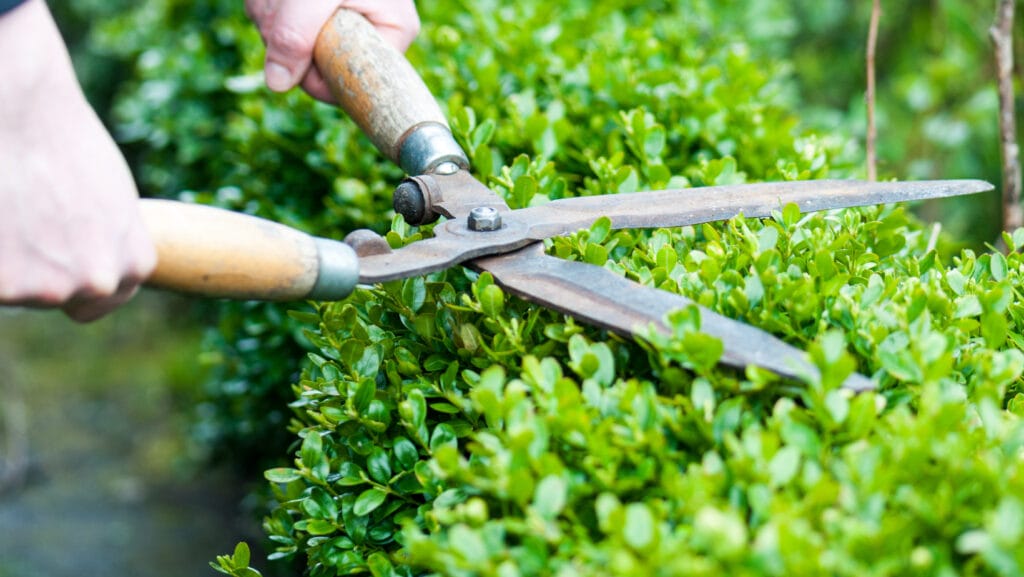Here we bring you very interesting and decorative low hedge shrubs perfect for doing so; we give you tips to achieve denser surfaces.
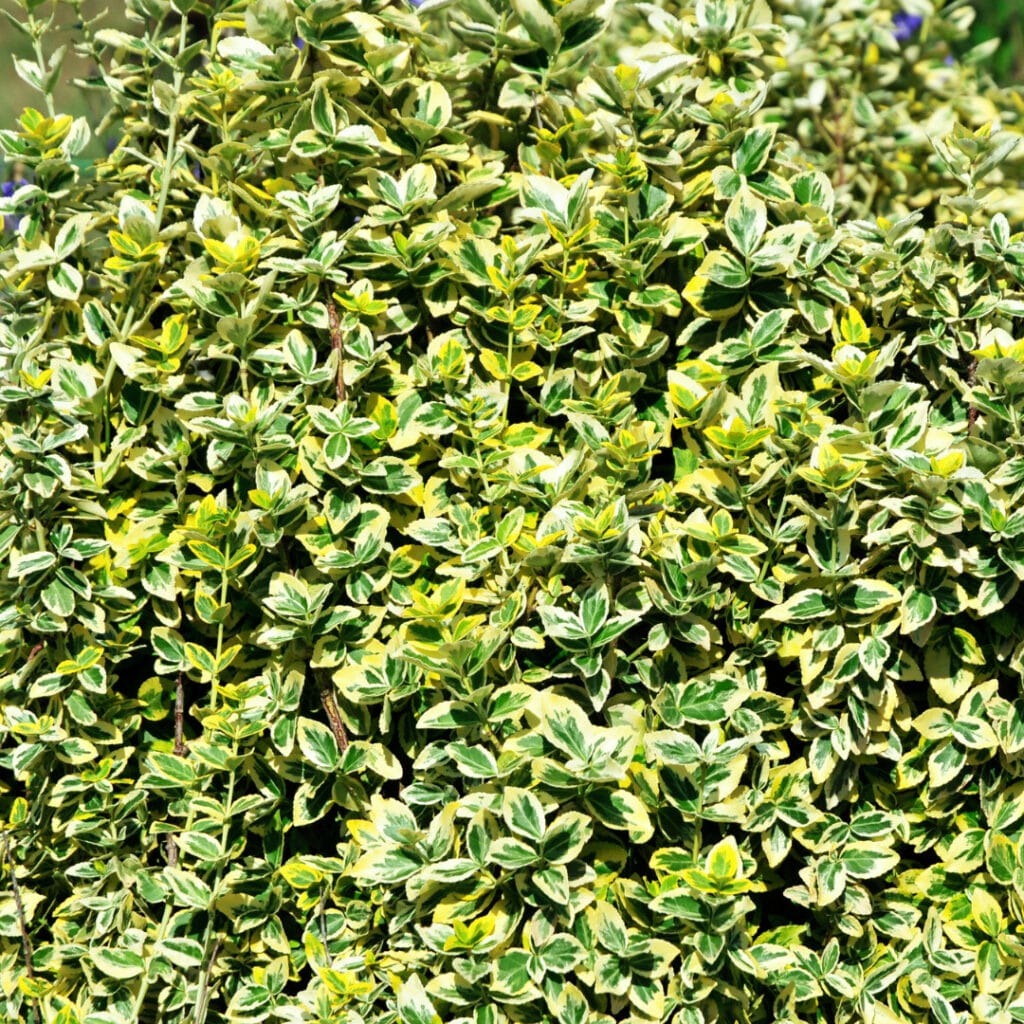
These are groups of shrubs in a horizontal way to separate the spaces of a garden. Depending on the sizes these plants reach, become tall, medium, and low hedges.
The Euonymus fortunei:
It is a resistant shrub native to China, Korea, and Japan. It adapts to almost all types of soils, but they must be porous and well-drained. This variety only reaches 5 feet in height; it is common for its perennial leaves to have the entire periphery of a whitish color.
Euonymus pulchellus:
What characterizes it the most is the size of its leaves. It is a very slow-growing shrub. Its contained size and its height, reaching 20 inches, make it a perfect plant for borders. Buxus sempervirens suffruticosa
Buxus sempervirens:
Dwarf boxwood, as it is known, is ideal for creating low hedges. As its common name indicates, its leaves are slightly smaller than those of the classic boxwood. It is a compact, rounded perennial shrub that reaches 3 feet in height.
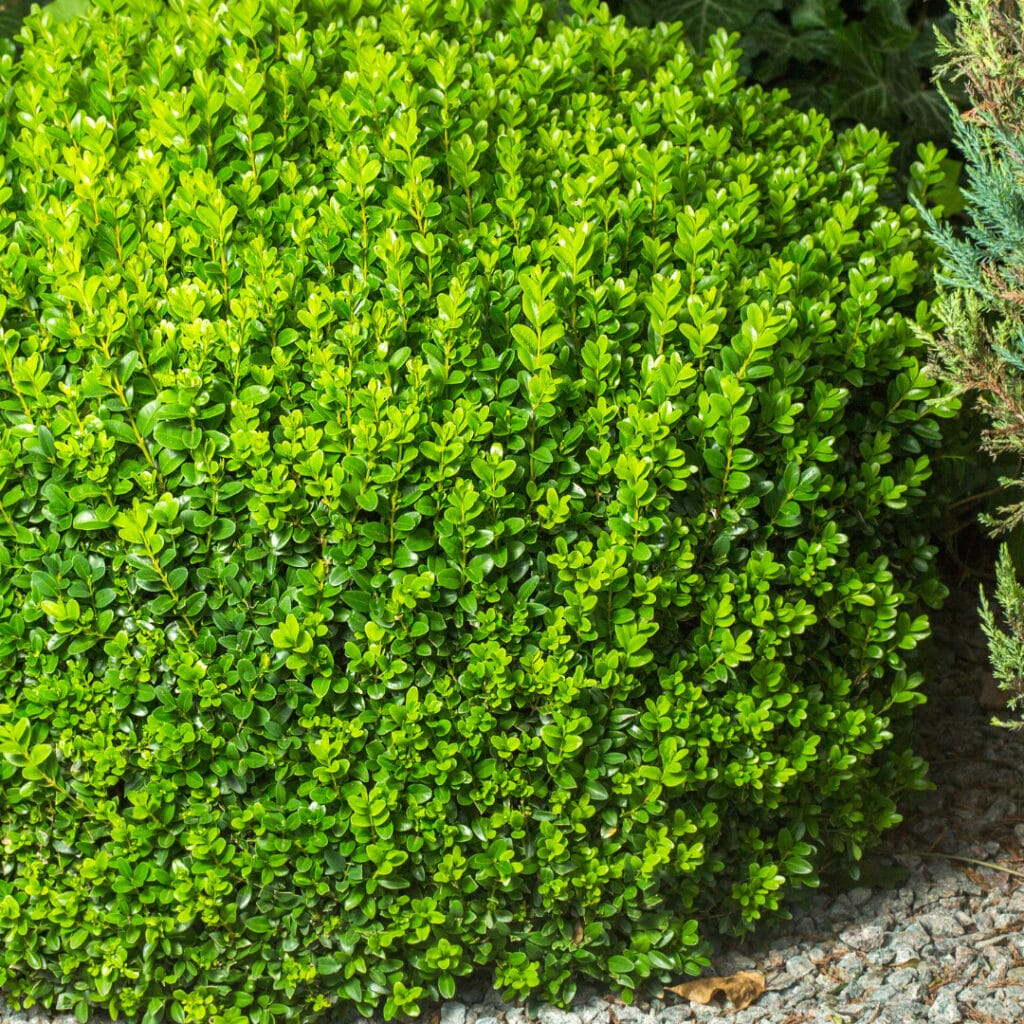
Lonicera nitida maigrun:
The Lonicera nitida or Honeysuckle is a shrub with persistent leaves that quickly grow if you want to use it to create low hedges.
Sharp lonícera:
It lacks consistency; it does not create a woody structure, but thanks to this characteristic, it is used so much for low borders. It also stands out a lot for its resistance to low temperatures.
Photinia x fraseri Little Red Robin:
If you like striking tones, the dwarf Photinia or Photinia x fraseri Little: It reaches 3 feet with proper pruning, and it will remain between 20 inches.
Dwarf Photinia:
It is a slow-growing perennial shrub that develops elongated leaves that, when budding, have a beautiful reddish hue.
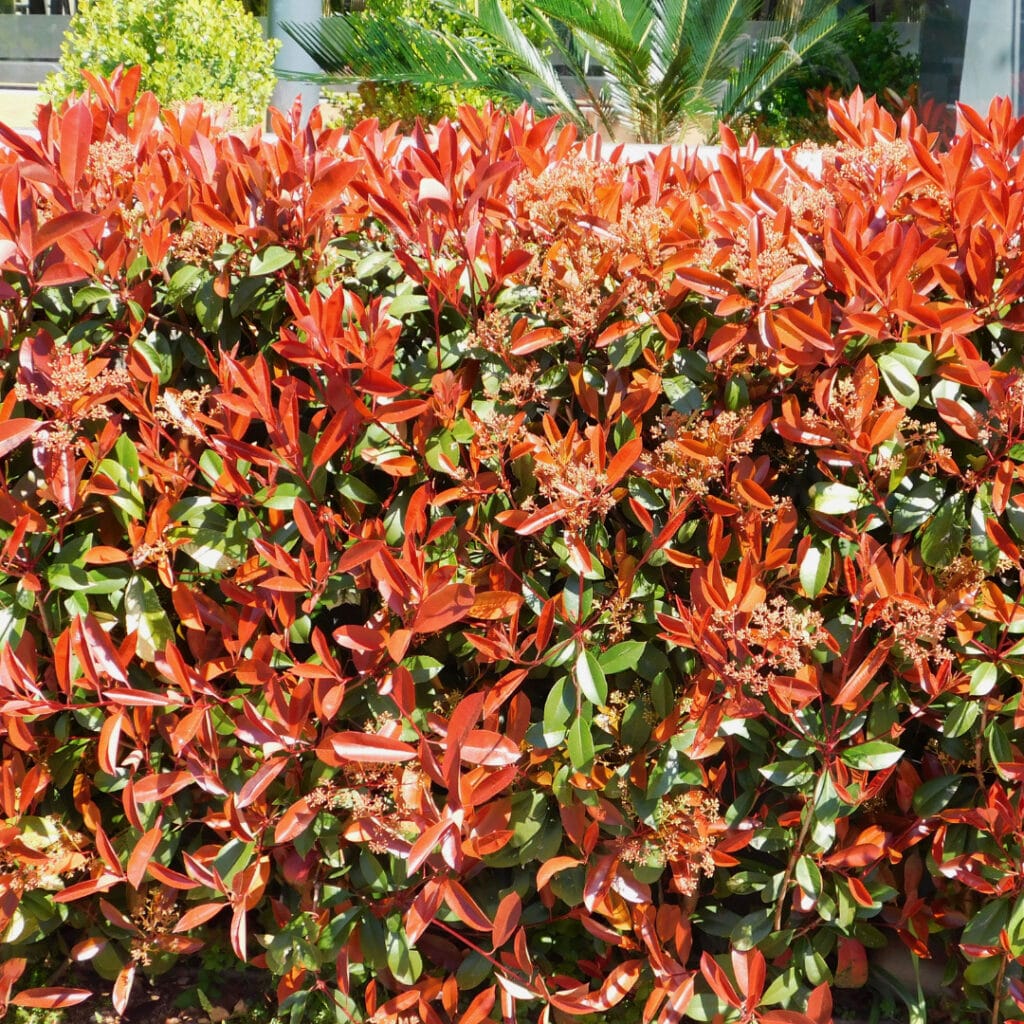
Planting low hedges in the garden:
It is necessary to check that the soil has all the nutrients so the plants can take root and develop.
-Improve the soil; use planting substrate made up of a large amount of organic matter.
Tips for your care of the low hedge:
-Add some universal blue fertilizer; so your plants have enough nutrients at planting time and during the growing season.
-Compost for garden soil
-Plant the first variety and then the rest to complete the future hedge. Plant them about 10 to 15 inches apart.
-Add a layer of padding; it will maintain moisture in the soil and prevent the birth of non-pertinent herbs. Little by little, the hedge will grow in density. When it has reached a certain height, it will have to be clipped to cause, in turn, a greater density of growth, and it is much bushier.
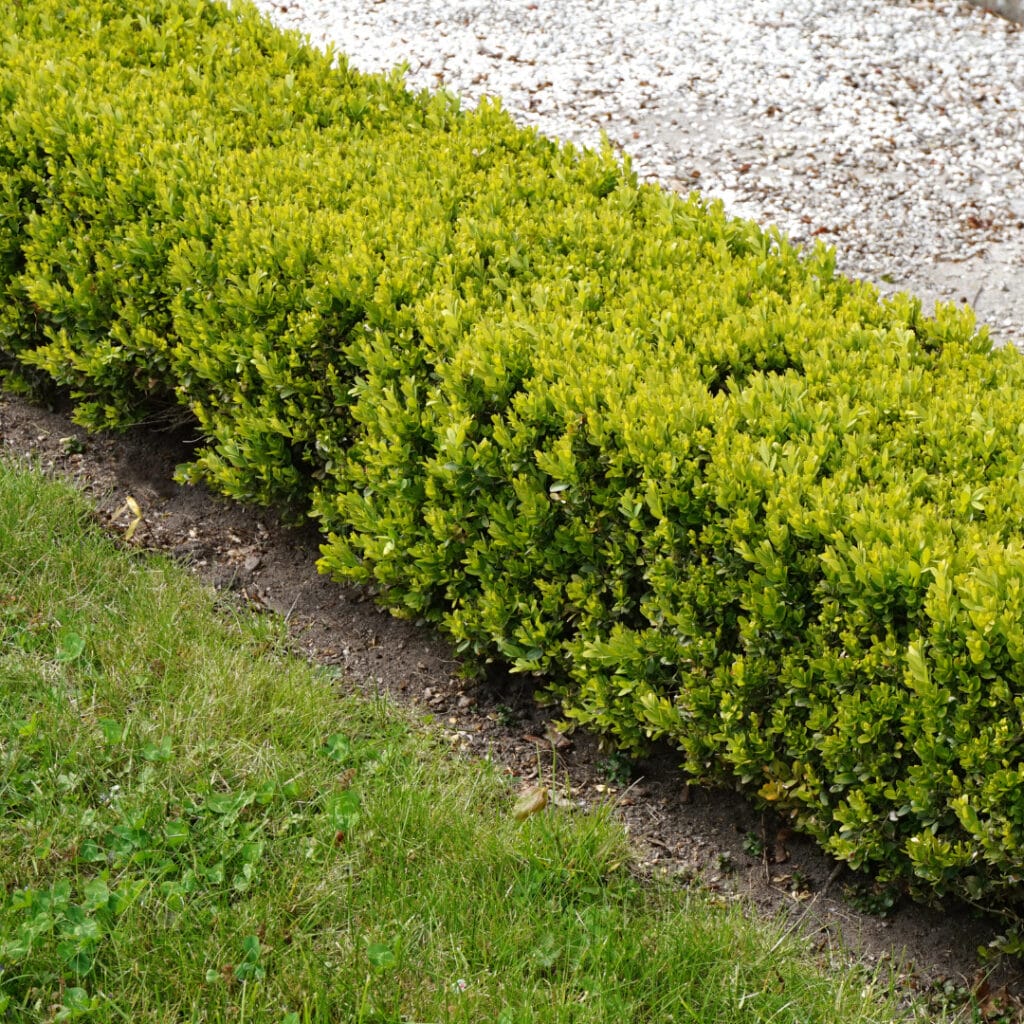
How to cut plants to keep hedge low?
Pruning must be very light. After the first cut, feed the plants to ensure they have the fertilizer they need to grow. In the future, they will require a new prune, and it will become increasingly dense and bushy.

